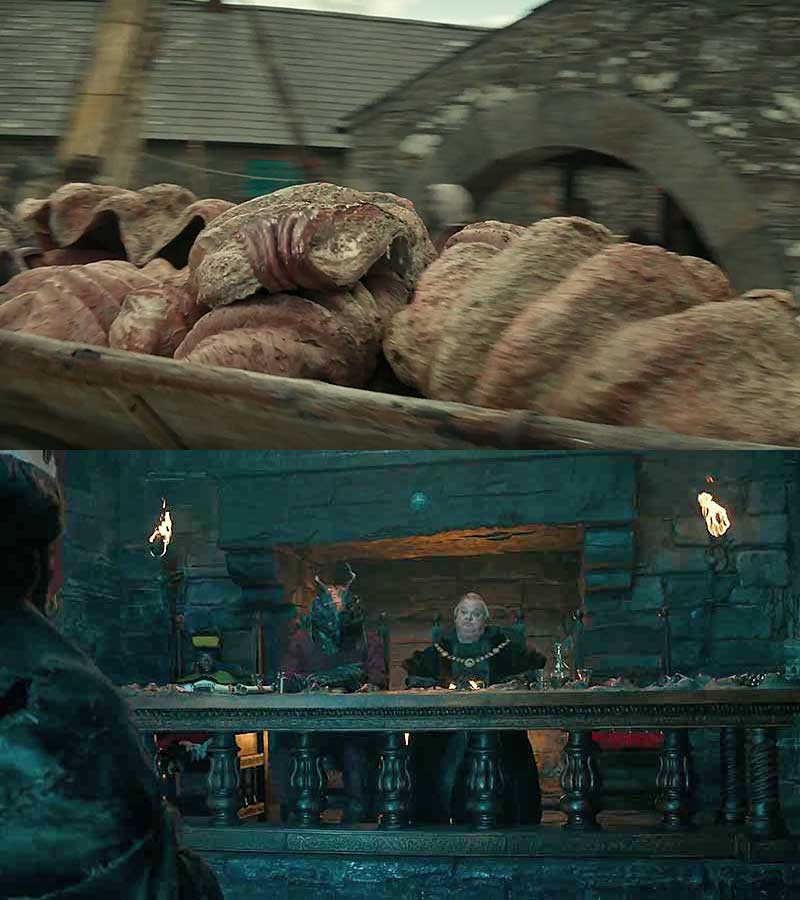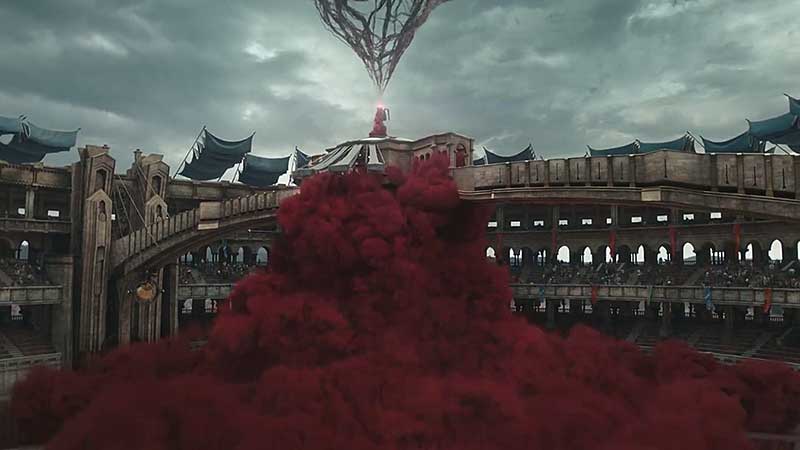A good film with spectacular effects and a good casual-comedic and human performance from Chris Pine, expresses something of the problematic concerning any effort to achieve liberal political dysjunction through technology.xxxxxxxxxxxxxxxxxxxxxxxxxxxxxxxxxxxxxxxxxxxxxxxxxxxxxxxxxxxxxxxxxxxxxxxxxxxxxxxxxxxxxxxxxxxxxxxxxxxxxxxxxxxxxxxxxxxxxxxxxxxxxxxxxxxxxxxxxxxxxxxxxxxxxxxxxxxxxxxxxxxxxxxxxxxxxxxxxxxxxxxxxxxxxxxxxxxxxxxxxxxxxxxxxxxxxxxxxxxxxxxxxxxxxxxxxxxxxxxxxxxxxxxxxxxxxxxxxxxxxxxxxxxxxxxxxxxxxxxxxxxxxxxxxxxxxxxxxxxx
What is most interesting about this movie is not its obvious political analogy, or even the way in which the film depicts the solution to this political problem as a response to a technologified liberal ennui requiring, once again, belief in the 'magic' of the present by a generation that has become jaded by over-stimulation; rather, it is the way in which the representation of this solution itself reflects specific aspects of the becoming-mechanical nature of the present that the film contains within itself and that, in its combination with the reality from out of which it emerges (through the spectatorship of the film within the context of the reality to which it analogically refers), constitutes a purposiveness according to the very logic it pretends to overcome. This looks, more specifically, like, on the one hand, a reference to the present context that is permeated by technology that is taken for granted but that forms the necessary conditions according to which any progress can be consummated (i.e., one must now use these technologies to coordinate socially any kind of politics or individual cultural production that would contribute to catalyzing a broader movement out of the present predicament); and, on the other hand, a plot of a film that reflects these same conditions through the glimpses of the necessities to which the filmmakers must conform in order to produce such a special-effects extravaganza (i.e., staging and blocking scenes that will later be filled with animations that aren't there in a human-acted moment, and the on-rails impression this leaves; and, more significantly, the way in which the animations that are later added to these empty spaces introduces into the film an over-determining of it by those responsible for introducing these effects, that reflects the film as their product, rather than any kind of natural, emergent point of a story created organically). Analogically, then, the film expresses within itself the very conditions from out of which it emerges and, by managing to articulate a partially redeeming human story from out of those conditions, forms potential for the exoneration of these technologies while only preserving the nature of these technologies in the problematic form of the film itself.
Harkening back to fantasy films of the late 1970s and early 1980s such as Willow, The Dark Crystal, The Labyrinth, The Neverending Story, or The Princess Bride, the film seems defined by an aspiration to apply CGI to the production of a pure fantasy, rather than the proliferation of Marvel superhero movies and their more explicit aspirational connection to reality that has itself, perhaps, become tired and played-out. On the one hand, this aspiration presents itself as an attempt to move beyond the communicative limitations of these superhero movies and the fetishization of the super-human powers they represent that are meant to evoke sensibilities to the more mundane powers latent within individuals; on the other hand, it defines itself by an effort to completely withdraw from a relationship of necessity to the production of the film itself (e.g., animating the powers that render these mundane abilities as significant) and to, rather, constitute a basic background within which a human story can take place within a world that, while produced by CGI, nevertheless so casually coincides with the abilities of the characters of the film that the focus can remain on the human elements of the story itself.
So, there is a present context of taken-for-granted technology that is inhabited by a forsaken liberal subject; and, a film that uses CGI to create an absolutely fantastic cinematic universe within which a group of jaded magicians reside. To see within the present context and its technologies, rather than nothing, redeeming potential is the moral of the story within the story and the story as it concerns the reality it evokes and addresses. This presents a second problem: the scope of the problem it addresses and the commensurability of its solution with that reality. In the former case, the issue is the extent to which the political project that defines the animus of the film (in reality) is achievable, and the extent to which this achievability really has its generative potential within the natural human, individual-person order of society; in the latter—and this reflects very specifically the deficiency of the former—the extent to which the mechanicistic requirements of the CGI in which the story of the film is based really do present a point of human transcendence of their subsumption within those technologies to the point of creating a film that, as a whole, expresses a fundamentally human point, capacity, and capability. In the context of reality, the problem is one of catalyzing motivation to overcome a political con (of Donald Trump) and its degenerative, debased politics: a political formation led opportunistically by a figure through which malign, dark-forces more primitively seek to exert their control over society and to undo 'progress'; and an ennui with its context that finds its catalyzation through the spectacular of a representation of the latent potentialities within the disavowed context (of mobile phones, small screens, big screens—that's basically it), potentialities that are, in part, revalorized on account of the implicit reassertion of their connection to more fundamental ethical, liberal values (e.g., tolerance, multi-culturalism, trans-racialism). The call-to-arms that the film proposes, though, is very broad in scope: there is no actual magic capability in these devices, and no clear way in which the story represented in the film could be associated with a specific human action in reality whose aim could conceivably be construed as containing within it the potential to challenge this presumed threat. Instead, the film itself represents the manifestation of this potential: on the one side, by associating the liberal values-context of reality with a cinematic representation that glorifies it in myriad ways1; and, on the other side, by establishing the fact of the effectivity of this power over individuals who watch the film, a rehabilitation of a political leadership that might have given-up hope that any kind of political formation is still possible upon which to lead a political movement in opposition. Together, then, these form the basis of a generalized technologically-enabled present in which film catalyzes broad social movement in a direction that can be led by a human actor/leader out of its morass; a filmic-potential articulated within the confines of reality that is based in the mechanics of the film itself and subject to its limitations and the extent to which the film actually does evoke an open-ended human escape from the present. It is in this (latter) way, then, that the use of CGI in the film becomes significant for understanding the actually redeeming potential aspired-to by the film as an artistic-cultural-technological object.

Looking, though, at the film, as a whole and in its particular moments, through the way in which the CGI of the film coincides with the development of its story reveals a subtle way in which the use of technology in the film reflects the technological orchestration of political and social movements upon which its presumption of transforming reality depends. Having withdrawn into the background in the creation of a pure CGI-fantasy world, this withdrawal reaches a limit-point that reflects something of the inescapable subsumption of its creators to the technologies they've used to create the film. On the one hand, this manifests itself like a playful transcendence of the technology that becomes free in demonstrations of it capabilities for producing a natural, organic world: CGI added into scenes after the fact, react, conspicuously, to human actions that, since they represent no human directly (they are animations in place-holder 'locations'), rather constitute moments in which the collective animation capacity behind the film act within the film themselves according to what they know the technology is capable of (e.g., the reaction of the lizard in the parole-hearing above); or small flourishes of animation that seem to evoke a more lifelike world (e.g., the tongue on the clam pictured above). These are demonstrations of the capabilities of CGI and of CGI as used by these artists; but they are animations that reflect back to the situation in which these technologies pervade reality according to precisely this same logic: irritating animations on phones, breathing charging lights, clever information prompts flashing up all around, and a generalized effort on the part of technologists, through technology, to demonstrate life and to blend seamlessly into a living world through their attempted reflections of that world according to the generative capacities of these technologies. Because it can be done, and done in such a way as to replicate a lifelike process, it is done, which is to say: it is inherently an expression of the possibilities of the technology itself and an exploration/elaboration of its potentialities rather than any purely human endeavor. Like experimenting with a camera becomes a certain form of exploratory photography—testing shutter speeds, apertures, film-types, sensor-types, post-processing filters, Photoshop editing, etc—the various other technologies in our world, become, through those that produce them and proliferate them into the world, an endeavor of elaboration more broadly, according to nothing more than this principle inherent to technology. (its techno-logic). And the film itself is no exception to this problem and, as such, presents as itself fundamentally an act of technological experimentation, an act that is rendered explicit in its freeform liberation from its human dependence only in the credits, where is seen the most impressive spectacle of these artists' abilities, mixed with song lyrics and elevated to a transcendence marked by the pillars of lists of the countless names of those whose talents found in this film their most pure expression.

Did they actually get it right this time, though? Well, as this film, and other endeavors (conceivable and not), aspire to produce 'dysjunction' through whatever means necessary, and that, based in a basic lack of comprehension of what constitutes technological subsumption and the redeeming potential of free human action, a grim dystopia of lost, increasingly exaggerated efforts of technology itself to consummate an inescapable matrix of political, cultural, and social specification, telegraphs itself. In short, the denizens of Rockbottom need a bit of context before they'll have any conception of what is honor, what are thieves, and what is honor among thieves2.
Footnotes
The most bizarre liberal aspiration introduced in this film (apart from not saving the mother of your child so that your saved friend can find another gnome to flirt with), might be characterized by a eugenical trans-racialism: a future in which, by the tolerant, overcoming of the present politicized, polemical 'categories' of 'race', as consummated by inter-personal, inter-racial relationships, a future emergence of an off-whiteness can appear that is itself an aspiration, desirable as such through its cinematic representation. ↩
Particularly as so-called 'artificial intelligence' enters full-cloth into the world and pretends to represent the beginnings of technological transcendence of humanity, a transcendence that already seems assured through fealty to technological possibilities according to their principle of elaboration as the only endeavors worthy of human-kind and its most modern and historically-sought expression. ↩
